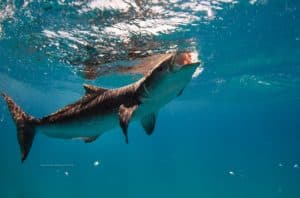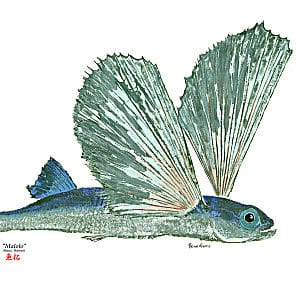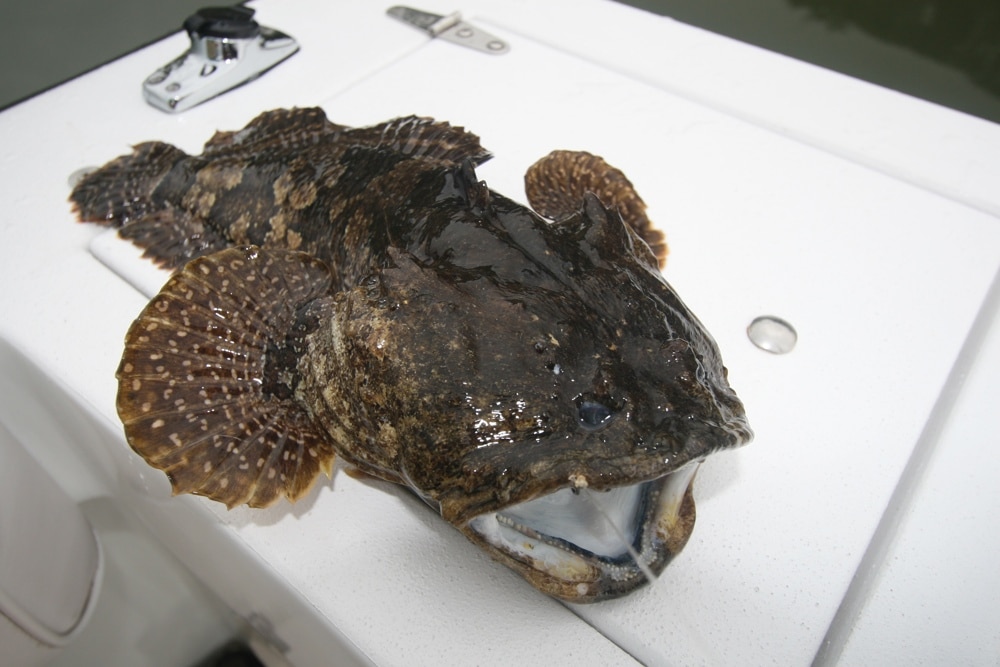
I Caught my Mother-in-Law!
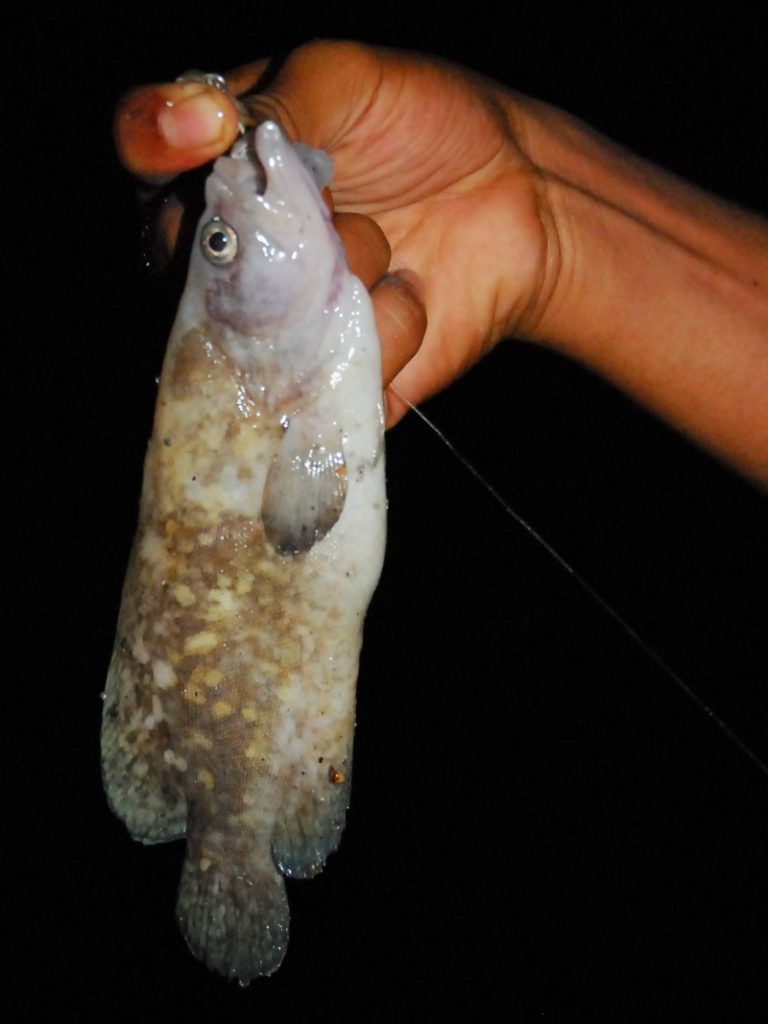
Lather Up!
Doral, Florida A: Carlos, that singularly shaped animal is the mottled soapfish, Rypticus bicolor. Because they are small (maxing out at about 12 inches) and active only at night, these reef dwellers are rarely taken by anglers. This is a tropical species, found from the southern coast of Baja California, well into the Gulf of California, and down to Peru. They live mostly in nearshore waters, down to maybe 230 feet, usually near rocks or coral. Divers have observed that this species will stand on its head and quiver to attract small fishes as prey. When you noted that this individual was “slimy,” you touched upon the most interesting aspect of this species’ biology: Like all soapfishes, the slime of the mottled soapfish is quite toxic to other fish. When the fish is agitated, the slime can turn into a soapy, frothy mixture that will, given the chance, break up a predator’s red blood cells. — Milton Love
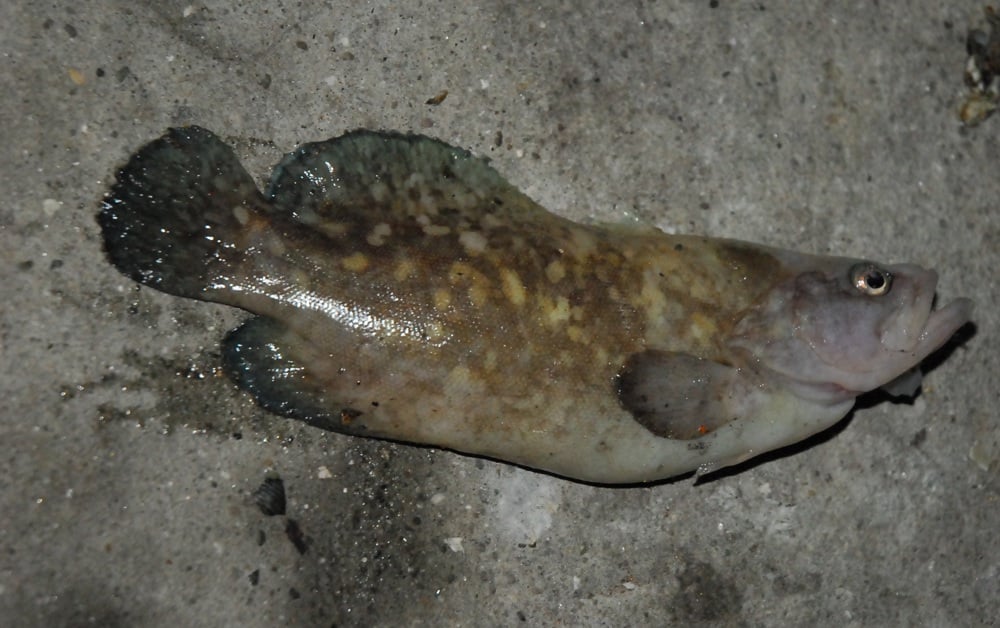
Mottled soapfish
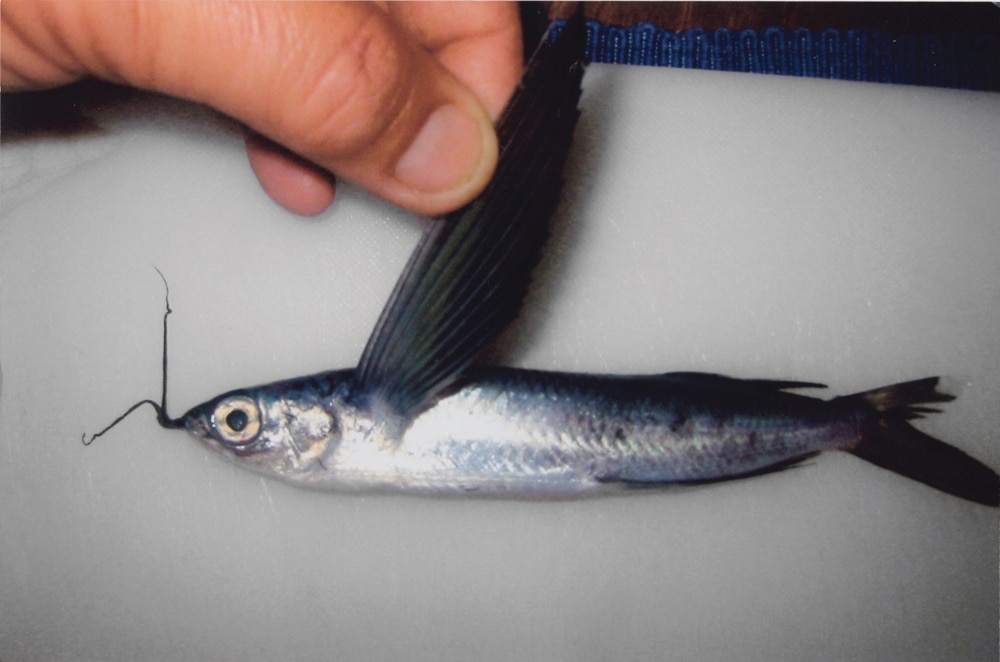
Mahalo for the Malolo
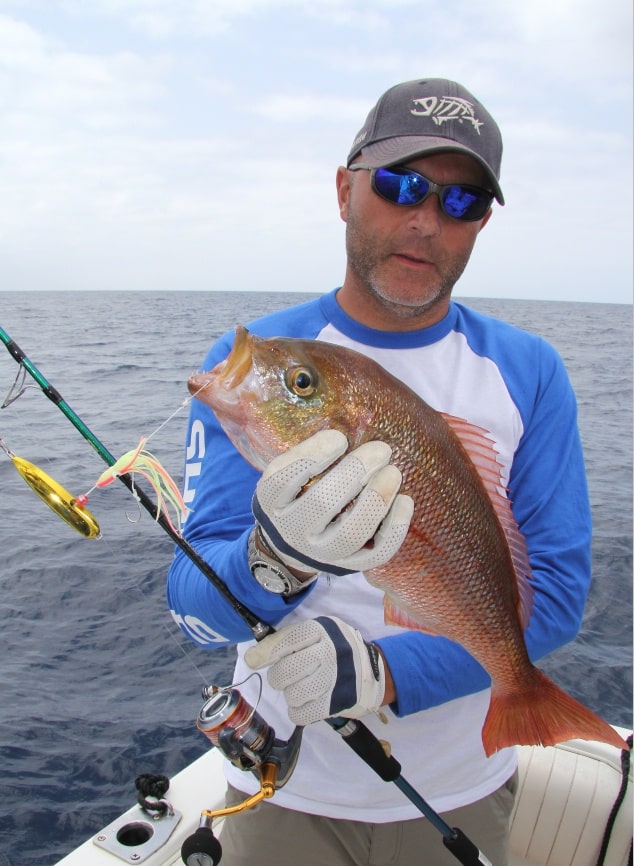
Cape Verde Enigma



